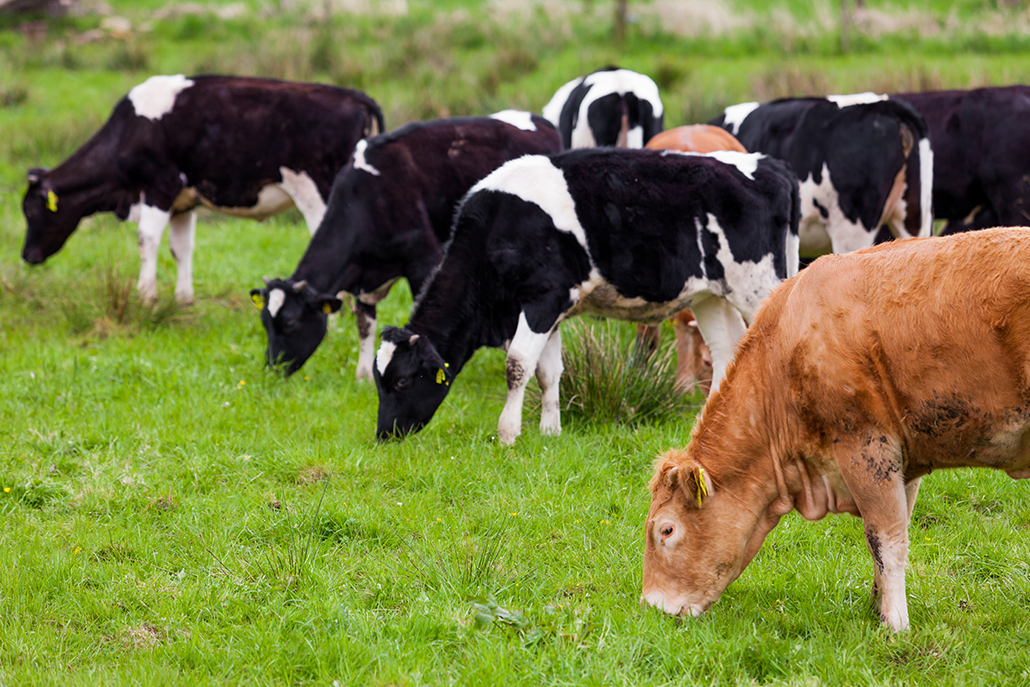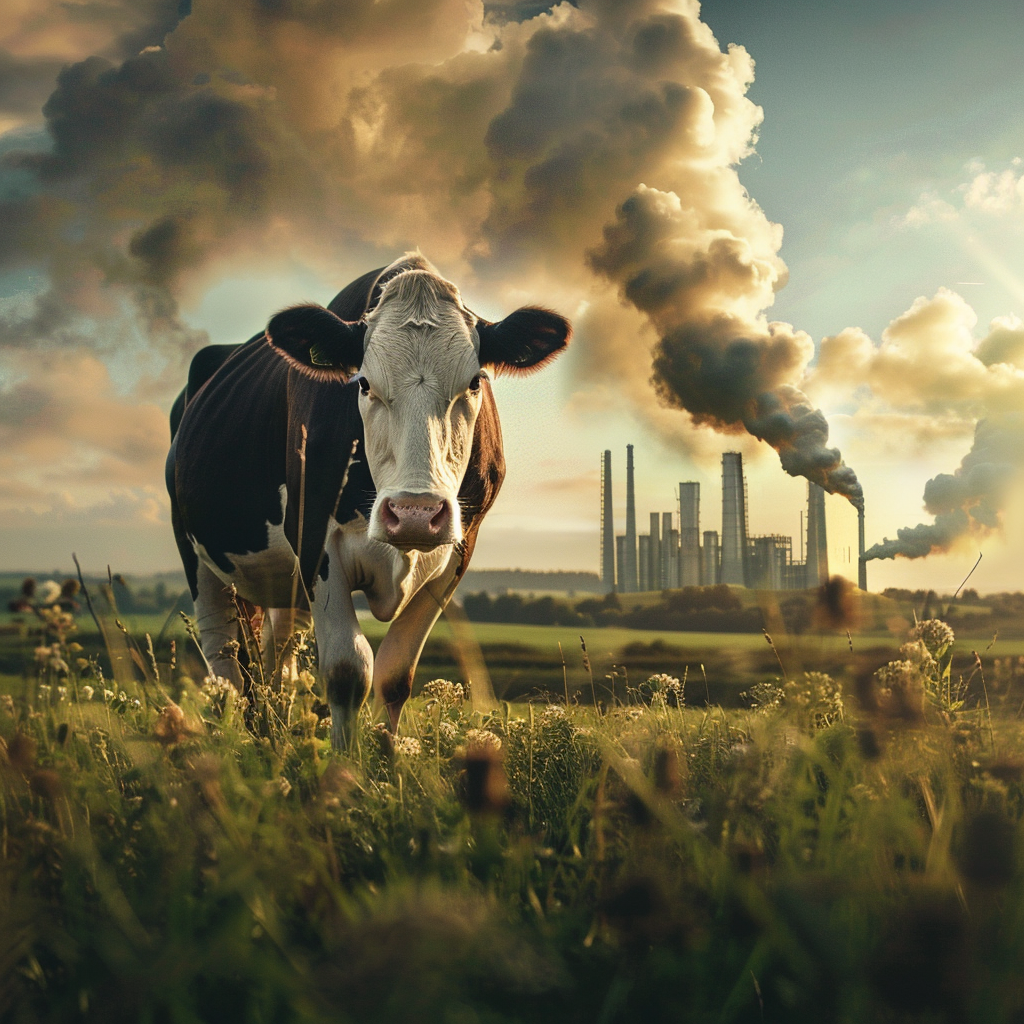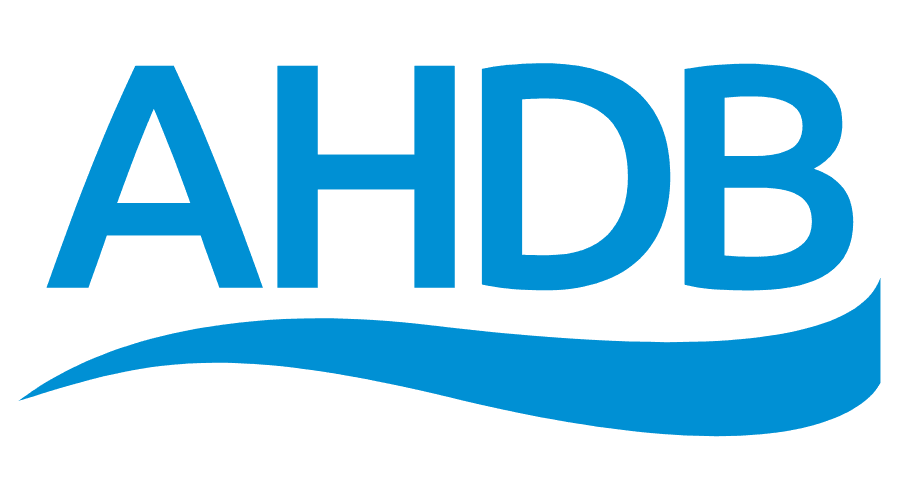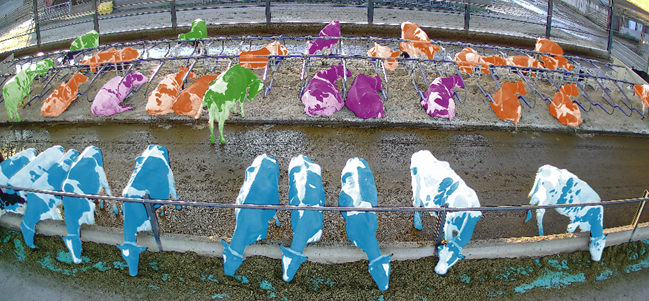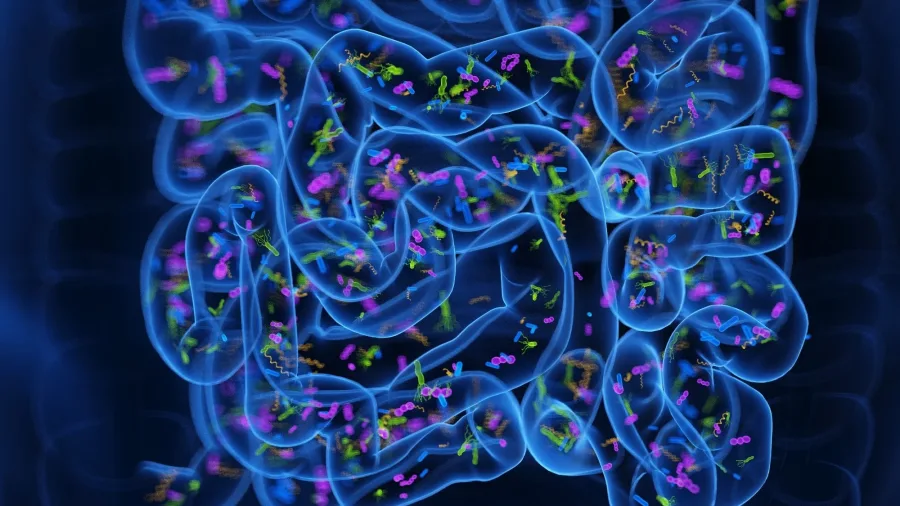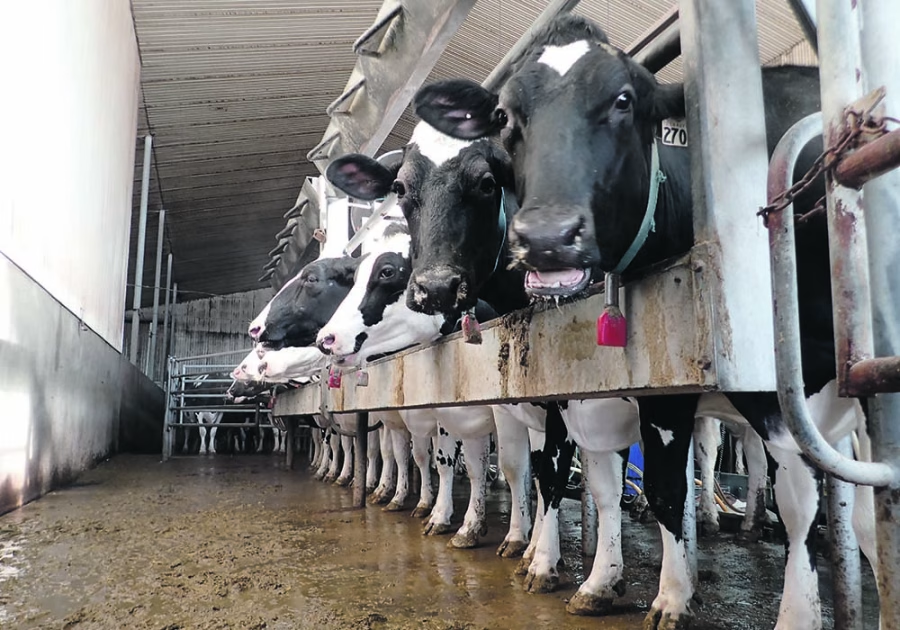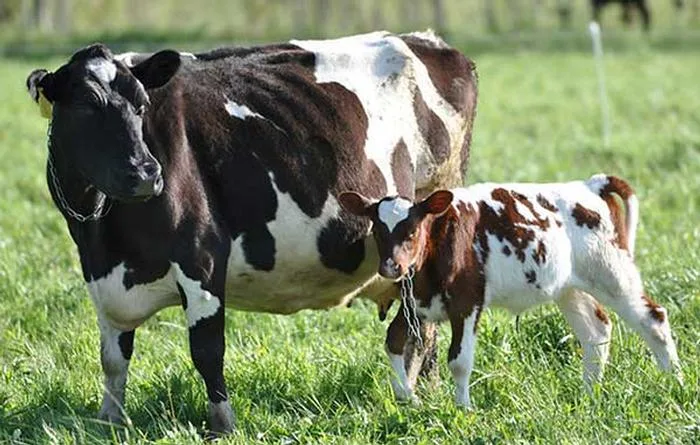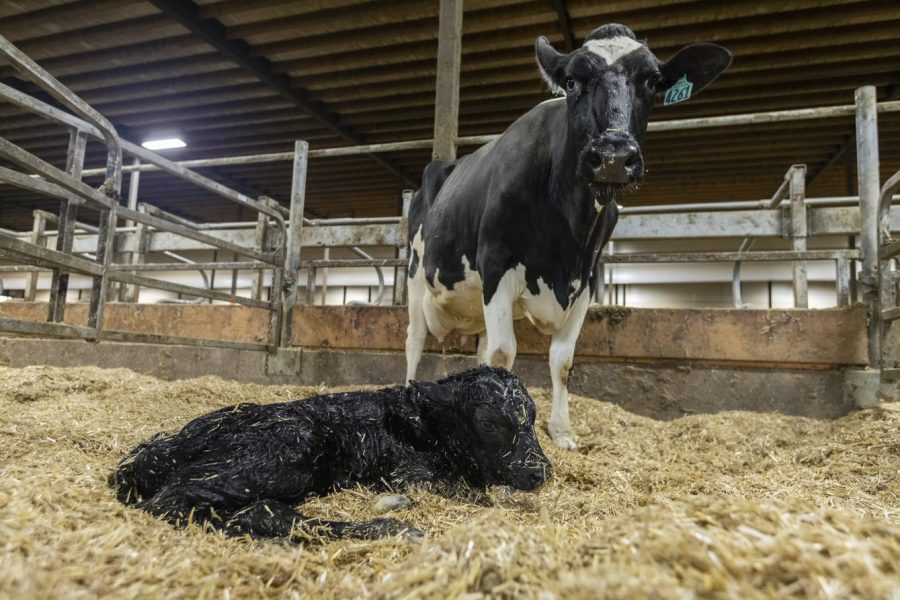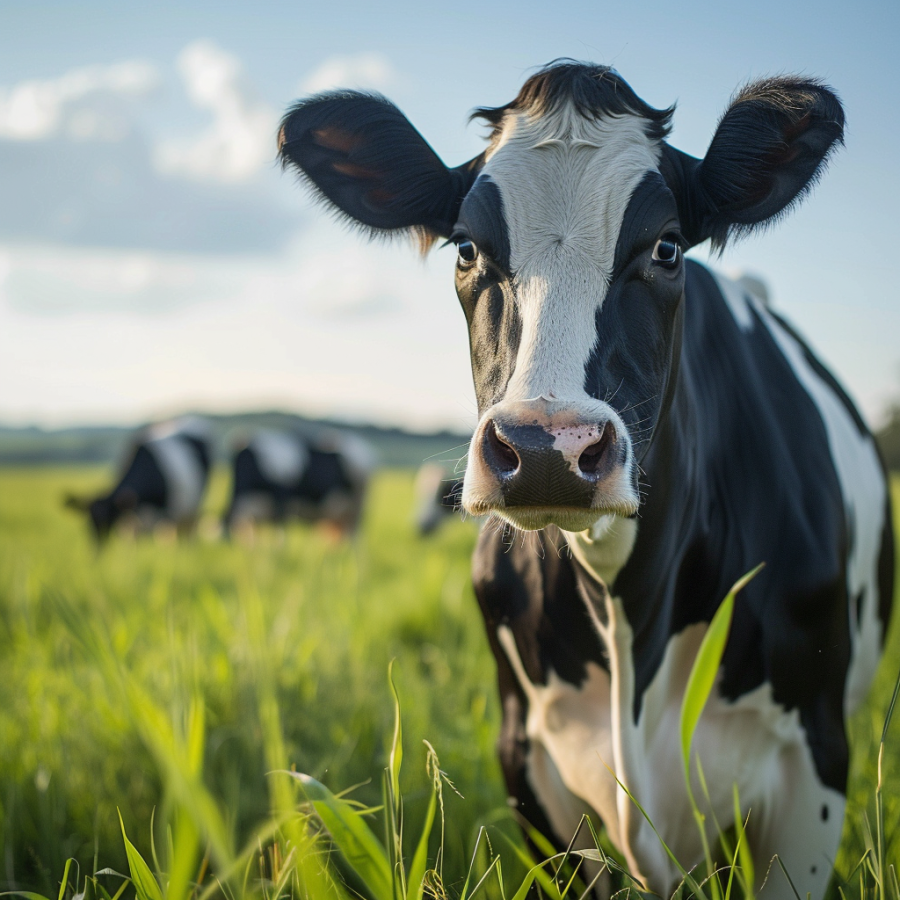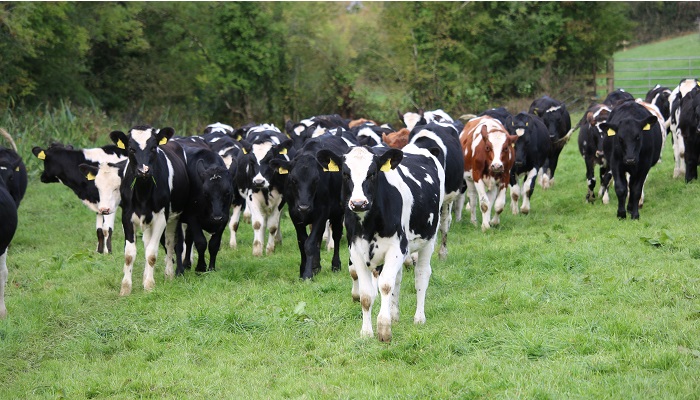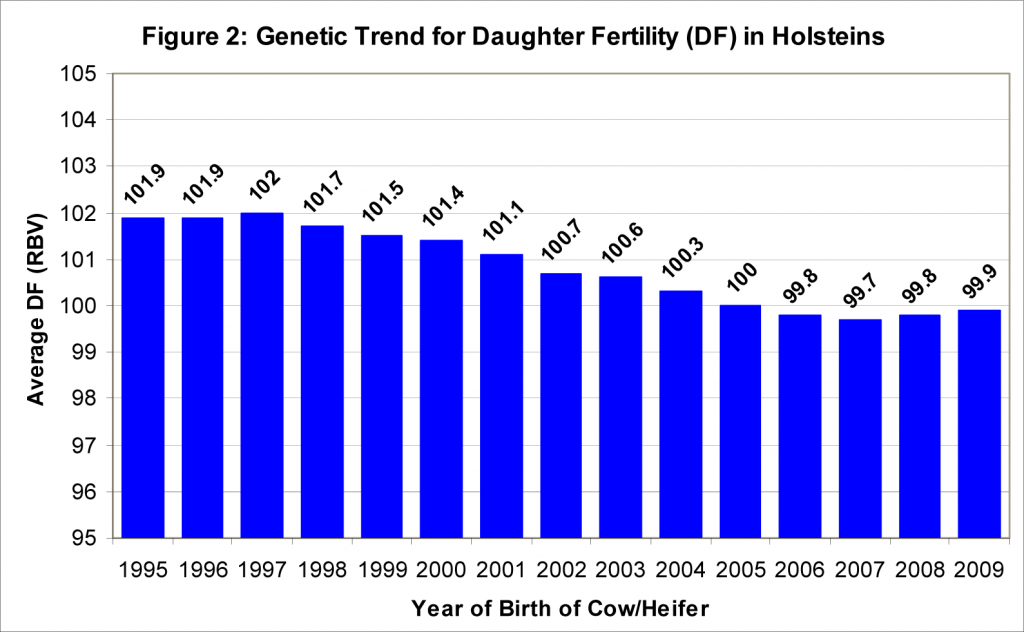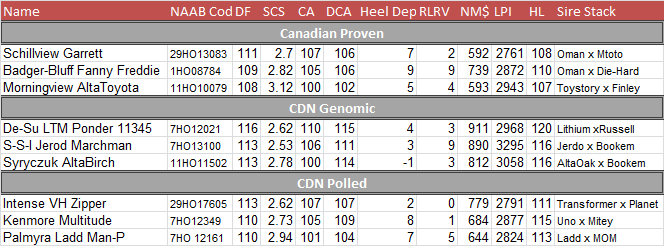Worried about rain delays affecting your crops? Discover expert tips to manage crop concerns on your dairy farm and ensure a successful harvest season.
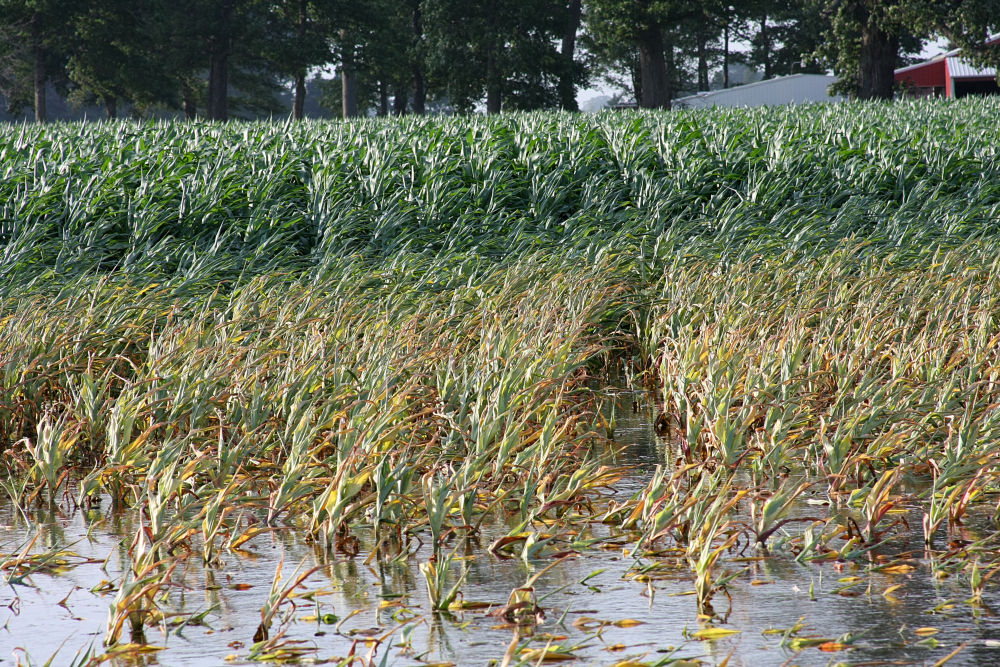
This season’s unanticipated and untimely rains have kinked dairy farms’ well-oiled crop management machinery. Constant delays disturb a strict planting and harvesting schedule, compromising the quality and amount of fodder available to dairy cows. Crop management must be done on time to provide enough nutrients for optimum milk production. Rain delays may cause nutrient imbalances, lower crop quality, and harm soil structure, hurting future planting and agricultural efficiency.
Understanding the Impact of Rain Delays on Crop Management
| Year | Average Rainfall (inches) April-June |
|---|---|
| 2022 | 15.2 |
| 2023 | 17.8 |
| 2024 | 20.1 |
Comprehending rain delays is a pivotal aspect of crop management, production, and quality. Rain delays, triggered by heavy or unexpected rainfall, disrupt the regular agricultural timetable. Understanding these delays and their potential issues empowers dairy farm managers to make informed decisions that can mitigate their impact on planting, harvesting, and crop health.
One of the most common issues during rain delays is ‘soil compaction ‘. This happens when the fields become too wet, and the heavy equipment used for planting or harvesting presses the soil too much, reducing the space between soil particles and making it hard for plant roots to get the nutrients and water they need, which slows down crop growth.
Another major problem during rain delays is ‘nutrient runoff ‘. This happens when excessive rainfall washes away important elements like nitrogen and phosphorus from the soil, making it less fertile. This not only harms your crops but also pollutes nearby water supplies, which can be harmful to the environment.
In dairy production, planting and harvesting times are essential. Delays might affect your livestock’s feed supply, resulting in possible shortages and higher prices if additional feed is bought. Also, delayed planting might decrease the growth season, resulting in poorer yields and less feed for your dairy cows.
Furthermore, weather delays often result in a condensed harvesting window, during which various crops may need to be collected concurrently. This may strain resources, personnel, and equipment, making it challenging to handle all areas effectively.
The Domino Effect of Prolonged Wet Conditions on Crop Health
The impact of rain delays on agricultural output and quality cannot be underestimated. Prolonged rainy circumstances may lead to various problems that drastically reduce crop output and quality. Mold and mildew, for example, flourish in these settings and may cause multiple plant illnesses. These infections inhibit plant development and may create mycotoxin, which is toxic to cattle.
Furthermore, rainy circumstances might affect plant nutrient intake. Saturated soils may cause waterlogging, smothering root systems, and limiting nutrient uptake. This may result in crops with low nutrient content, lowering their total nutritional worth. For dairy producers, feeding cattle such contaminated feed may hurt milk output and quality.
Extended bouts of rain may also cause delays in planting and harvesting schedules, putting additional strain on crops. The timing of these actions is critical for increasing output and sustaining crop quality. Missed planting windows or delayed harvests might make the difference between a bountiful crop and a low yield. Finally, knowing and controlling the consequences of rain delays is critical to sustaining the health and productivity of your dairy farm.
Strategies for Managing Crops During Periods of Excessive Rain
| Strategy | Pros | Cons |
|---|---|---|
| Adjustable Planting Dates | Flexibility to optimize crop yieldAdaptable to weather conditionsPotential for multiple planting attempts | Requires constant monitoringMay disrupt planned rotationsPotentially increases labor costs |
| Use of Drought-Resistant Varieties | Can withstand prolonged wet conditionsLower risk of crop failureOften results in consistent yield | High initial seed costMay require specific soil conditionsPest and disease resistance can vary |
| Cover Cropping | Improves soil structure and healthReduces soil erosionEnhances water infiltration | Additional cost of seedsMay require extra managementPotential competition with main crops |
| Soil Drainage Improvements | Minimizes waterlogging and root diseasesEnhances root developmentImproves overall crop health | High implementation costRequires technical expertiseLong-term maintenance required |
Managing crops during heavy rain requires a multifaceted strategy to ensure field health and yield. First, improving soil structure is critical. Add organic matter, such as compost or well-rotted manure, to increase soil porosity and drainage. This organic material improves soil health and enables surplus water to penetrate more effectively, lowering the danger of waterlogging.
Drainage solutions are another critical component. Installing trenches or French drains might help redirect surplus water away from fields. Raised beds improve water drainage by increasing the root zone, which prevents root rot and other water-related illnesses. Furthermore, consider installing a subsurface drainage system if heavy rains are expected on your farm. However, this may involve an initial investment, which may dramatically improve field production and lifespan.
Choosing the correct crop variety is equally important. Choose crops with deeper root systems since they can access nutrients and water from lower soil layers, making them less susceptible to surface water conditions. Certain types are selected expressly for resistance to wet weather or increased root health, so contact seed producers to find the best solutions for your farm’s requirements.
Finally, frequent monitoring and proactive management are essential. By using soil moisture sensors to regularly monitor soil conditions and promptly remove any standing water after heavy rains, dairy farm managers can take control of the problems presented by heavy rainfall. This proactive approach ensures the viability of their crops, even in the face of unpredictable weather.
Adjusting Your Planting and Harvesting Schedules to Account for Unpredictable Rain Delays
Adjusting planting and harvesting dates for unexpected weather delays is a critical aspect of maximizing crop health and production. The key to this adaptation is flexibility and well-thought-out contingency preparations. By being adaptable and resourceful, dairy farm managers can reduce the negative consequences of unanticipated weather patterns.
To begin, regularly monitor local weather predictions and historical data. Regularly updated meteorological data may give significant insights into possible rain patterns, helping you schedule planting periods less influenced by heavy precipitation. For example, if your area has a history of early spring showers, consider delaying planting until the soil has good drainage and is workable to minimize compaction and other soil problems.
Furthermore, diversifying crop variety may be a successful technique. Planting crops with different maturity dates guarantees that not all crops are harmed by a single weather event. This staggered planting strategy spreads the risk and reduces the likelihood of significant losses if rain delays occur. For example, combine early and late-maturing cultivars to increase resistance to weather variability.
Another helpful strategy is to use cover crops and mulches to enhance soil structure and drainage, making fields more resistant to excess rainfall. Cover crops increase soil organic matter and its capacity to absorb and hold water, lowering the risk of floods and soil erosion.
Flexibility also applies to your harvesting strategies. It’s critical to change your team’s work schedule quickly. Hiring more workers during peak seasons may speed up harvesting activities when the weather cooperates. Furthermore, investing in dependable weather-resistant storage facilities may provide a buffer, allowing you to securely store harvested goods if they cannot be transported immediately due to heavy rain.
Finally, always have a backup plan in place. This includes having access to emergency drainage solutions, backup seed supplies, and other markets for crops that may be harvested later than anticipated. These precautions guarantee you are aware of the situation and can quickly adjust to changing conditions, protecting your crops and livelihood.
These measures reduce the immediate impact of rain delays and foster a more proactive approach to farm management. Adapting and preparing for weather variations is an essential skill in the ever-changing world of agriculture.
Harnessing Technology to Navigate Rain Delays: A Dairy Farm Manager’s Guide
As a seasoned dairy farm manager, I know that using current technologies may be a game changer when dealing with the unpredictable nature of rain delays. Advanced weather forecasting applications are essential, delivering real-time updates that allow you to expect rain and schedule your activities appropriately. These tools may provide comprehensive projections, ensuring you are always aware of the situation and allowing you to modify your planting and harvesting timetables appropriately.
Furthermore, using soil moisture sensors may transform field management. These sensors continually monitor soil conditions, enabling you to determine the precise water content of the soil. This information is crucial in preventing under- and over-irrigation, which may be especially troublesome during heavy rain. Maintaining proper soil moisture levels promotes crop health and yield quality.
Precision agricultural solutions like GPS-guided machinery and multispectral imaging drones may help you optimize your farming operations. These instruments allow for the accurate delivery of inputs such as fertilizers and insecticides, ensuring that crops get precisely what they need at the appropriate time. Furthermore, drones can quickly scan broad fields for flood damage or disease outbreaks, providing you with actionable data to mitigate consequences effectively.
By integrating these solutions, you’ll be better equipped to deal with rain delays. Their sophisticated insights and precise control enable you to make educated choices, ensuring your crops stay robust and productive regardless of weather conditions.
Maintaining Soil Health for Resilient Crops Amid Excessive Rain
Maintaining soil health is critical, particularly during heavy rain, since it directly affects crop resilience and production. Wet weather may worsen soil compaction and erosion. Thus, strategies like cover cropping are crucial. Cover crops, such as clover or rye, improve soil structure by boosting root penetration and organic matter, which improves aeration and drainage.
Furthermore, using decreased tillage practices may minimize soil disturbance. This method protects soil organisms and encourages the formation of a strong soil structure that can endure severe rains. Furthermore, it reduces erosion while preserving the soil’s natural filtering capacity.
Another helpful technique is to include organic amendments such as compost or decomposed manure. These additions enhance the soil with necessary minerals and organic matter, creating an ideal habitat for microbial activity. The increased microbial population promotes soil aggregation and helps create channels for water transport, enhancing total drainage.
By concentrating on these sustainable soil management measures, dairy farm managers may significantly decrease the negative impact of rain delays on crop output, resulting in healthier soil and more robust crops in unpredictable weather patterns.
Financial Implications of Rain Delays: Navigating Economic Challenges for Dairy Farm Managers
| Financial Aspect | Implication | Action Steps |
|---|---|---|
| Yield Loss | Reduced crop yields due to delayed planting or harvest can lead to lower income. | Invest in crop insurance and diversified crop rotation. |
| Increased Input Costs | Additional costs for fertilizers, pesticides, and labor during prolonged wet conditions. | Optimize input use and consider bulk purchasing agreements. |
| Soil Erosion | Excessive rain can cause soil erosion, leading to reduced soil fertility and higher costs for soil remediation. | Implement soil conservation techniques, like cover cropping and no-till farming. |
| Operational Delays | Frequent delays in planting and harvesting activities can disrupt cash flow and labor allocation. | |
| Equipment Damage | Wet conditions can cause machinery wear and tear, increasing maintenance costs. | Schedule regular maintenance and consider investing in weather-resistant equipment. |
The financial repercussions of weather delays are a significant issue for dairy farm management. Prolonged rainy circumstances may reduce agricultural production, increase disease strain, and raise operating expenses. These variables combine strain your farm’s financial health, demanding a proactive approach to economic management.
First and foremost, budget for unanticipated expenditures. Creating a contingency reserve inside your operating budget may give a cushion during difficult times; consider probable expenditures such as replanting, disease management, and delayed harvests. A thorough financial plan enables more accurate projections and better planning for rainy days, literally and metaphorically.
Exploring insurance alternatives is another critical step. Crop insurance may help you avoid financial losses caused by low yields or crop failure due to severe rain. Policies differ, so it’s vital to engage with an experienced insurance agent who knows the specific requirements of a dairy farm. Consider multi-peril crop insurance (MPCI), which covers a variety of severe weather circumstances, including heavy rainfall.
Farmers may get financial help and subsidies during times of need. Federal and state agriculture programs often give emergency funds or low-interest loans to assist farmers in recovering from weather-related disasters. It’s essential to be updated about these programs and apply as needed. Connecting with your local agricultural extension office may help you navigate these possibilities.
Managing the financial implications of weather delays requires a diverse approach. Dairy farm managers should safeguard their businesses from the economic consequences of unusual weather patterns by planning for unanticipated expenditures, obtaining proper insurance, and seeking financial support.
The Bottom Line
Rain delays complicate agricultural management by delaying planting and harvesting schedules and endangering crop health due to prolonged wet weather. Practical ways for mitigating these effects include modifying timetables, using technology, and preserving soil health, all of which need a proactive and knowledgeable approach.
Dairy producers’ perseverance and agility have helped them negotiate these unexpected weather patterns. They may better handle the financial repercussions and maintain the long-term sustainability of their business by keeping up to date on the latest research and using new farming methods. Remember that agricultural specialists and resources are always available to help you overcome these obstacles. Don’t hesitate to contact them for advice and assistance.
Finally, although there are several challenges, dairy farm managers’ dedication and resourcefulness are more than capable of confronting them front on. Stay proactive and knowledgeable, and continue to seek out and use the agricultural community’s abundance of information and skills.
Key Takeaways:
- Rain Impact on Crop Growth: Persistent rain can lead to root diseases, nutrient leaching, and stunted growth, significantly affecting crop yields.
- Adapting Planting and Harvesting Schedules: Flexibility in planting and harvesting schedules can mitigate the effects of prolonged wet conditions.
- Utilizing Technology: Leveraging modern technology, such as weather forecasting tools and soil moisture sensors, can provide real-time data to make informed decisions.
- Soil Health Maintenance: Practices like cover cropping and proper drainage systems are vital to maintain soil health and ensure crop resilience.
- Economic Considerations: Understanding the financial implications of rain delays helps in strategizing better and securing your farm’s economic stability.
Summary:
Unexpected and untimely rains have significantly impacted dairy farms’ crop management machinery, leading to constant delays in planting and harvesting schedules. These delays can compromise the quality and amount of fodder available to dairy cows, leading to nutrient imbalances, lower crop quality, and harm to soil structure. Understanding the impact of rain delays is crucial for crop management, production, and quality. Soil compaction is a common cause of rain delays, as heavy equipment can compress soil, diminishing porosity and impeding root development. Excessive rainfall can remove critical elements like nitrogen and phosphorus from the soil, reducing fertility and posing environmental risks. Delayed planting may decrease growth season, resulting in poorer yields and less feed for dairy cows. Prolonged rainy conditions can lead to problems such as mold and mildew, saturated soils, waterlogging, smothering root systems, and limiting nutrient uptake. Regular monitoring and proactive management are necessary to ensure field health and yield during periods of excessive rain.







